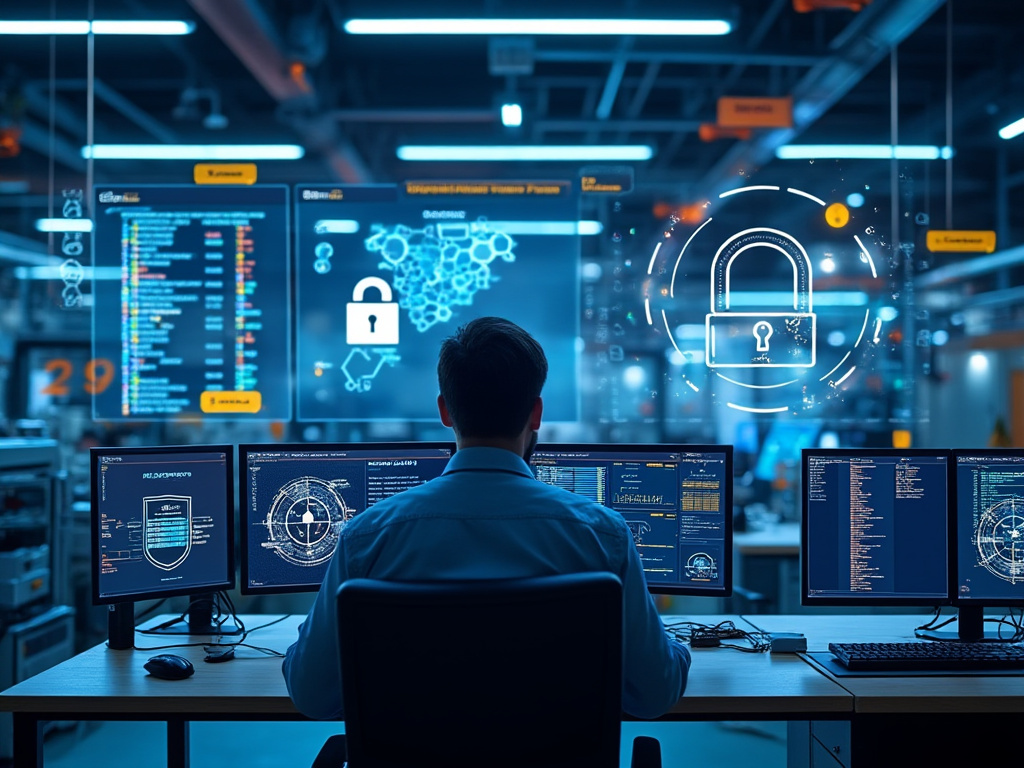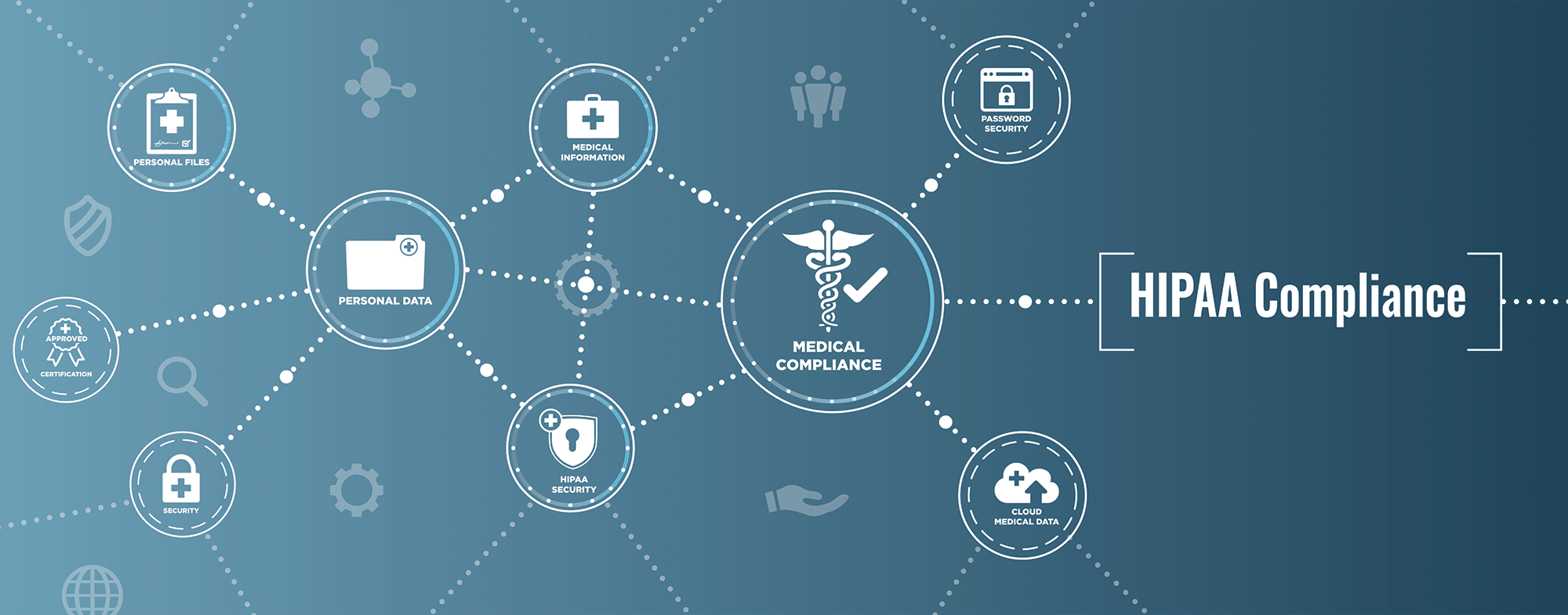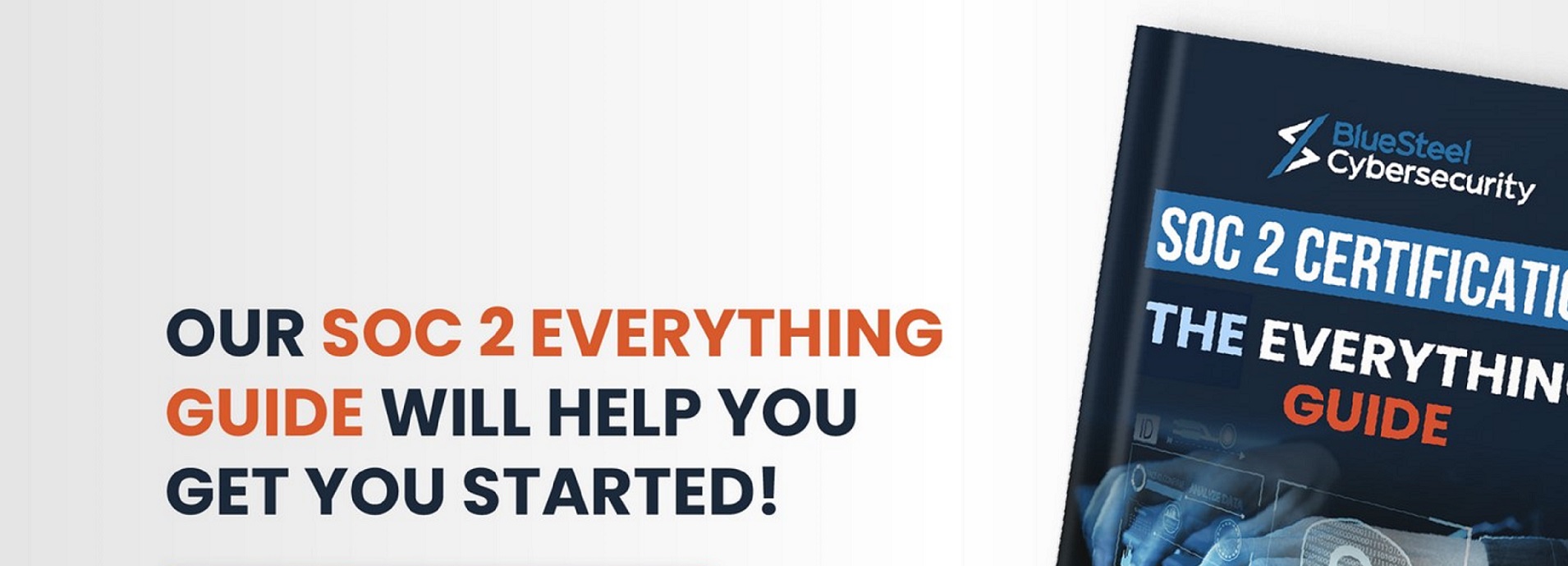Cyber Security Venture estimates that by the year 2025, the annual cybercrime cost will reach about 10.5 trillion US dollars. These are some alarming figures that only explain the importance of cybersecurity. One of the deadliest cyber-attacks is undoubtedly ransomware that (as the name suggests) demands ransom from the victim. According to the Statista stats, only in 2020, about 304 million ransomware attacks were recorded. It’s the same attack that recently took place in Colonial Pipeline, and it has already cost the company more than 5 million US dollars. In order to understand it better, you can also study Colonial pipeline prevention measures to recover from the recent ransomware attack.
How Does Ransomware Work?
Just like any other malicious software, ransomware infects phones, computers, tablets, and even the whole organizational network. A targeted person most commonly receives an email that, from the surface, seems totally legitimate. But when the email is opened, the ransomware is implanted in the recipient’s device, and in most cases, all his/her files get encrypted. The hacker also leaves a note to the victim’s device demanding ransom in order to provide the key to decrypt the files.
Other than that, ransomware can also be transferred to your company’s network through macros on documents, links on the websites, and browsers and plugins. Once a device is infected by ransomware, it’s almost impossible to remove. This way, the hacker can also get access to your organization’s personal information such as passwords, credit card numbers, etcetera. In order to ensure ransomware protection in your organization, it’s important to understand cybersecurity basics.
Best Tips to Protect from Ransomware
Ransomware is one of the most popular money-making schemes that hackers use in this age of technology. The following are the most common ways that hackers use to infect your network.
- Email attachments
- Suspicious links
- Phishing Websites
- Untrusted plugins and browsers
- DM links or attachments
Bear in mind that the hackers take advantage of the security vulnerabilities of your network and uneducated employees easily fall into traps. Here we have listed five of the best cybersecurity tips to live by in order to prevent a ransomware attack.
1. Take Regular Backups
It’s one of the most advised and important practices that become even more important than ever when it comes to ransomware attacks. Every company has sensitive information that’s worth more than most of its assets. If you regularly take back up your critical data, you won’t lose it even if ransomware hits your network. It’s important to keep in mind that your backup must not be connected to your primary network. That’s because some specialized ransomware attacks are capable of worming themselves and infect every device that’s connected to the network.
Another important factor that you need to keep in mind regarding backups is that a specialized ransomware attack can infect both your primary and backup data. It doesn’t matter whether you keep it on the cloud or a password-protected machine. As long as it’s connected to your network, it can always be compromised. That’s why you should keep multiple backup data versions and copies in order to maintain an air-tight and solid plan. The best practice is to allocate a dedicated system and only connect it to the network when you want to take backup and disconnect it right after the process is completed.
2. Stay Up to Date
Your operating system, as well as applications, plugins, and browsers that your company uses, must be up to date. Moreover, in this day and age, it’s vital to utilize the power of firewall, antimalware, antivirus, and web filtering solutions, and you must update them right away as soon as any new patch arrives. Not only will it make it more difficult for hackers to breach your company’s security system. But some of the latest software solutions also inform you instantly in case of any suspicious activity.
3. Use Layered Approach
Relying on a single security solution for your organization isn’t enough. As mentioned above, you should use multiple solutions such as firewall, antivirus, antimalware, etcetera. This way, even if a ransomware attack breached one of the security systems, others will detect it to keep your network secure. Additionally, consider scanning your whole system regularly and delete any suspicious files or folders.
4. Educate Your Employees
One of the best things that you can do to keep your organization safe from ransomware attacks is to educate your staff. Consider raising awareness as a basic security measure because it’ll take only one unaware employee to take your whole organizational data to be compromised. You should conduct workshops regarding the best cybersecurity practices to educate your employees on what to avoid. You can also test your employees by sending them suspicious emails yourself (secretly). This approach always works for us.
5. Be Smart
You can avoid most of the ransomware attacks by not clicking on any link that you receive in your email. It’s important to learn the techniques that allow you to understand how to identify fake emails. Moreover, restrict the user rights and keep the administrator to yourself or only to your most trusted coworkers. That’s because most ransomware attacks can only infect the system based on the level of rights that an infected user holds. It means even if any of your low-level employees gets infected, it’ll stay contained in his/her machine and only damage a particulate workstation that can be cleaned easily.
Final Words
A healthy security posture and high integrity data backups will serve you as the first line of defense. We hope that these five of the most important cybersecurity tips will help you to keep the data of your company safe.
Need Help Getting Started? Reach Out Today to Learn More About Our Cyber Security Assessment Services






